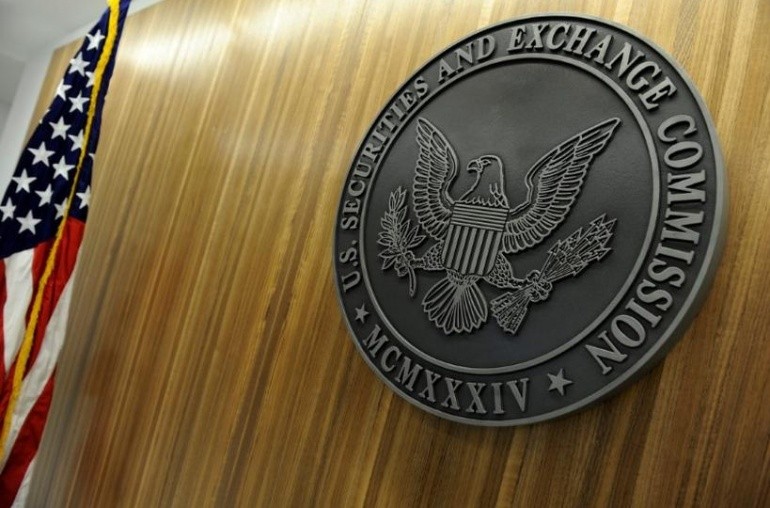 Many analysts point to US$30,000 being the next important psychological level of support for Bitcoin
Many analysts point to US$30,000 being the next important psychological level of support for Bitcoin- US$30,000 was last tested in May 2021, when China banned cryptocurrency mining
Not so long ago, in a cryptosphere not so far away, US$40,000 was the “floor” price for Bitcoin and an important psychological level of support.
But now that Bitcoin has crashed through just about every recent technical support level, traders are having to consider US$30,000 as the next line in the sand.
For investors who had bought Bitcoin in the depths of the so-called “Crypto Winter” of 2018 though, when Bitcoin was closer to US$3,400, they would be still looking at returns of almost 10 times their capital, but recent market entrants would be licking wounds of 50% drops or more.
Bitcoin is now over 50% down from its November peak but the selloff has also pushed its Relative Strength Index or RSI score to an oversold region of 19 and for now, it appears that US$30,000 is strengthening as a level of support, which some traders are calling a near-term floor.
Assets are generally considered oversold if the RSI falls below 30 and overbought if over 70, but many cryptocurrency traders use wider gauges given the volatility of the asset class, with 20 being oversold and 80 being overbought, given the vastness of the swings.
While a 50% drop in Bitcoin from peak to trough is par for the course in cryptocurrencies, that also happened at a time when far less people were paying attention to the nascent asset class.
US$30,000 is also an important level because that price point was tested last May after China declared its Bitcoin mining ban.
Many retail cryptocurrency traders have been shaken out of markets in recent days, with traders spooked by hawkish signals from the U.S. Federal Reserve and geopolitical tension escalating between Russia and Ukraine.
Although cryptocurrency traders often use technical signals (looking at chart patterns) to determine where prices will head next, macro factors are increasingly having a greater influence on volatility than at any time in crypto’s trading past.
With support levels smashed through in a matter of days and the 40-day correlation coefficient between Bitcoin and the tech-heavy Nasdaq 100 at 0.66, its highest since 2010, according to Bloomberg, other assets are having an outsized influence on the benchmark cryptocurrency.
(A perfect correlation where two assets move identically in price and magnitude is represented by 1 while a perfectly negative correlation is represented by -1.)
To be sure, that correlation is to be expected, given the higher level of institutional participation in cryptocurrencies and many of Wall Street’s biggest banks offering crypto trading to their well-heeled clientele.



